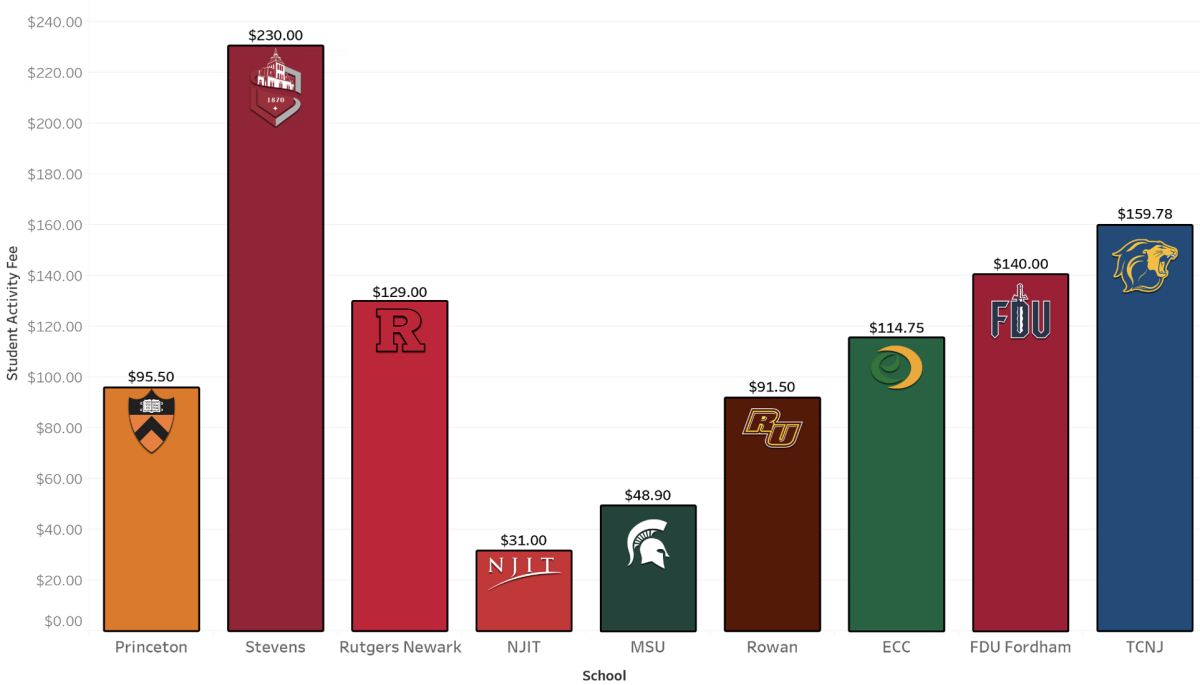The Paris Agreement was signed by an international coalition in 2016 to reduce global warming down to 1.5 degrees Celsius above pre-industrial levels.
New York City hosted the United Nations Climate Action Summit on Sept. 23. Head officials from around the globe all gathered to discuss how they’re fighting climate change.
To some, the summit was a major disappointment as the world tries to limit climate change. Over 60 countries, including Germany, Great Britain and France, pledged to reduce carbon emissions to zero by 2050. However, those countries only accounted for 11% of the world’s carbon emissions in 2017.
The main contributors to global warming, China, India and the United States, offered no commitments regarding carbon emission reduction. China and India’s representatives both spoke at the summit, recognizing that all countries must limit the amount of greenhouse gasses they emit into the atmosphere.
India pledged to increase their renewable energy production capacity from 175 gigawatts to 450 gigawatts, while China added more renewable energy sources and increased forested land. Even so, neither country is on target to meet the 1.5-degree Celsius warming target from the Paris Agreement, although India is set to meet the 2 degree Celsius safe mark.
For the United States, this doesn’t come as a surprise since President Donald Trump pulled the country out of the Paris Agreement in 2017. Instead, Trump introduced the Affordable Clean Energy Act this past June to replace the Obama administration’s Clean Power Plan. In the meantime, according to the Climate Action Tracker, the United States’ projected national average temperature rise is above 4 degree Celsius, well over the 1.5 degree target.
While our national government remains slow-moving on the issue, 13 states, including New Jersey and New York, have taken initiative to combat climate change. In 2018, New Jersey governor Phil Murphy signed the Energy Master Plan (EMP) to help with the state’s move to clean energy. The plan is to have 21% of energy sold in the state come from renewable sources by 2020, and 50% by 2030. By 2050, New Jersey hopes that mark can reach 100%.
Over the summer, New York passed a similar deal. Governor Andrew Cuomo signed the Climate Leadership and Community Protection Act (CLCPA) which promotes clean energy policies. New York aims to provide 100% carbon-free electricity by 2040 and net-zero carbon emissions by 2050 across the state’s economy. As two of the most densely populated states in the country, New Jersey and New York’s plan to lower their emission rates is a big deal in fighting climate change in the United States.
The UN Climate Summit showed that countries have begun to take the threat of global warming seriously. However, the actual mobilization of resources has been slow, and their efforts may be in vain unless the whole world acts quickly to fix the climate problems before time runs out.































